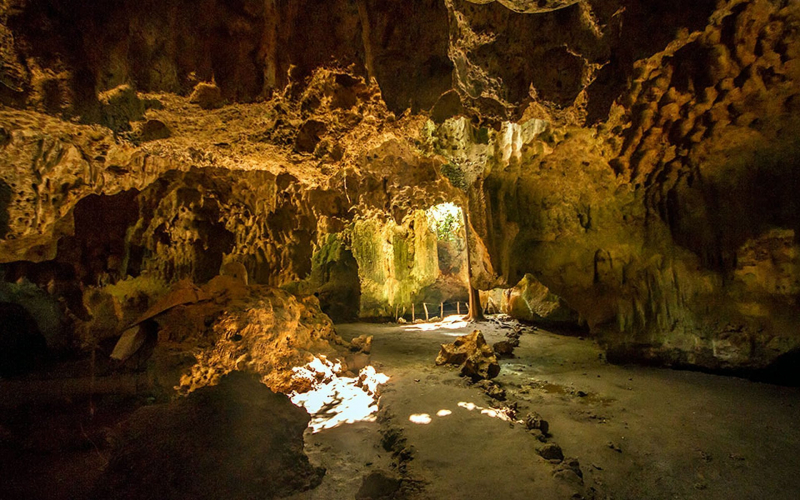Shimoni Slave Caves
Shimoni Slave Caves in Kwale County are living evidence of the sad days of slavery on the East African coast. Shimoni Slave Caves, located in a tranquil seaside community 70 kilometers south of Mombasa on the Mombasa-Lunga Lunga route, was utilized as a waiting pen for abducted slaves from the interior before anti-slavery crusaders put a stop to human trafficking two centuries ago.
Tour guides eloquently convey to guests their families' tragic narrative, pointing out how slave lords packed their victims onto waiting dhows before ferrying them away. Captured slaves from local communities were first transferred to the principal slave markets in Mombasa, Bagamoyo, Kilwa, Zanzibar, and Pemba, from where they were shipped to Yemen, Saudi Arabia,Turkey, India, China, and Iran. Slaves were also utilized as porters to transport ivory and other items from the hinterland to the port for shipment.
A few meters away lies the Shimoni Slave Museum, which is operated by the National Museums of Kenya. The US Embassy supported the renovation of an old colonial district commissioner's mansion built in 1885 and abandoned in the 1980s in order to attract American tourists in 2010.
The museum houses collections of cultural relics from the local Digo people as well as those from East African coastal places like Pemba and Zanzibar, which were centers of the infamous Arab Slave Trade from the 8th to the 19th century. In the tunnels, old iron shackles, wooden crates, rusted chains, and metal studs tell the sad story of African slave trade victims.
Historians estimate that at least eight million African slaves were carried out during that time period. According to local legend, people fleeing marauding slave hunters initially used the natural structures to hide. Long before the arrival of slave traffickers, the caves were a sacred spot visited by Kaya elders for prayers and sacrifices.
Location: Shimoni, Kenya








